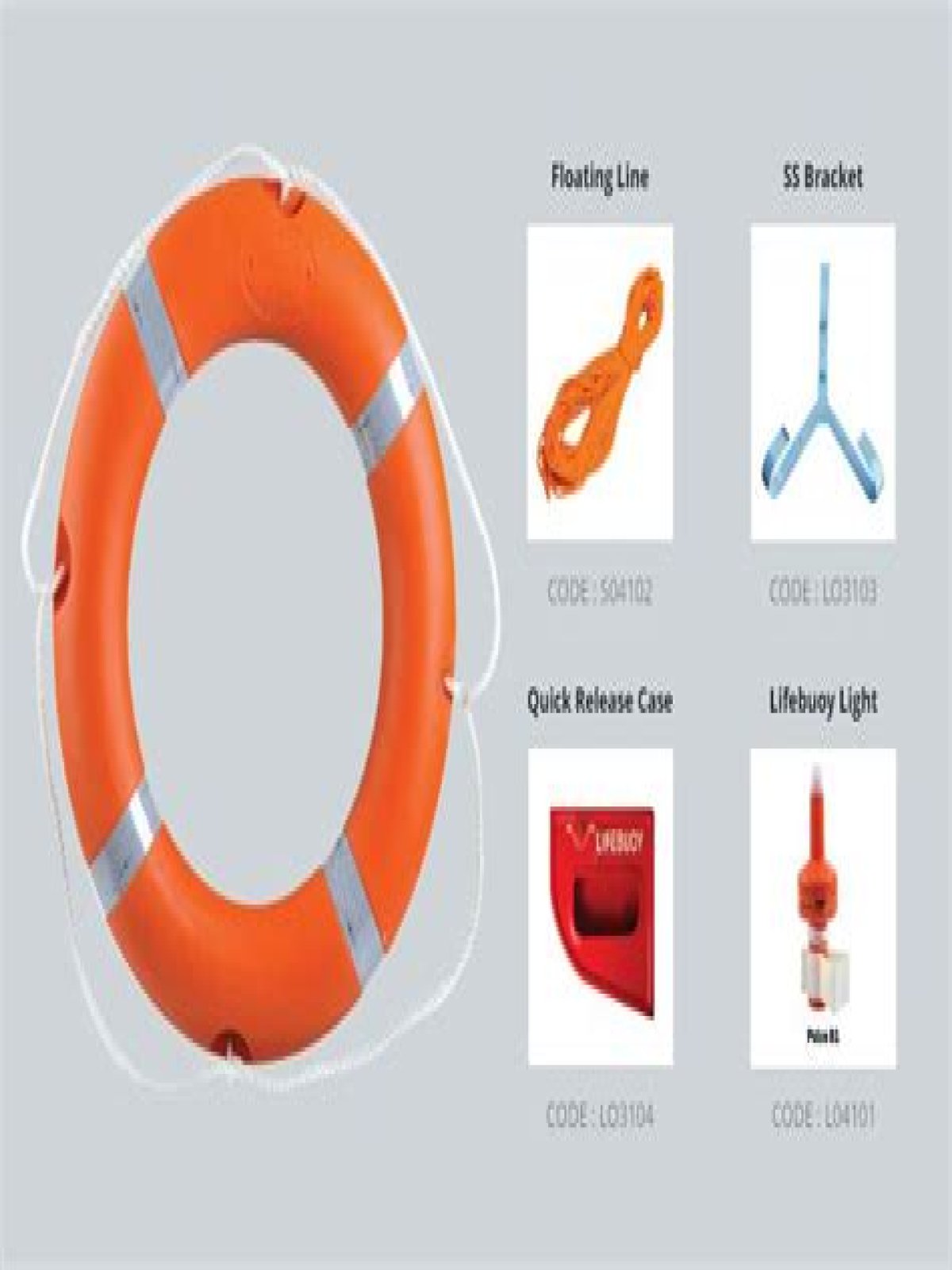What tools do lifeguards use?
Beside this, what equipment do lifeguards carry?
Carry your own supplies with you to your chair with accessories or a pack from The Lifeguard Store. You'll find sunglasses, sunscreen, hats and visors, swim towels, insect repellent, whistles and lanyards, water bottles, outerwear and more. Lifeguard training equipment, plus beach and pool equipment.
One may also ask, what skills do you need to be a lifeguard? Skills
- Ability to inspire confidence and calm in the face of a crisis.
- Ability to enforce swimming pool rules in a considerate but firm manner.
- Good eyesight.
- Excellent powers of concentration; lifeguards must remain alert.
- Ability to react quickly and efficiently in a life threatening situation.
People also ask, what is the round thing lifeguards use?
A water wheely, ring buoy, lifering, lifesaver, life donut, life preserver or lifebelt, also known as a "kisby ring" or "perry buoy", is a life saving buoy designed to be thrown to a person in the water, to provide buoyancy and prevent drowning.
What type of job is a lifeguard?
Lifeguard Job Description. Lifeguards work at beaches, rivers, swimming pools and water parks where they ensure the safety of swimmers and water sport participants. Lifeguards explain and enforce safety rules, rescue people in danger, and use their knowledge of first aid to save lives.
Why do lifeguards wear red?
How much weight can a lifeguard tube hold?
What are lifeguard floats called?
What do lifeguards wear on their feet?
How tall are lifeguard chairs?
How do you use a lifeguard rescue can?
How do you use a torpedo buoy?
What is a life ring called?
What is a lifebuoy made of?
How do you throw a lifebuoy?
What is a buoy used for?
How do you throw a life ring?
What are life rings made of?
What are the benefits of swimming?
- keeps your heart rate up but takes some of the impact stress off your body.
- builds endurance, muscle strength and cardiovascular fitness.
- helps maintain a healthy weight, healthy heart and lungs.
- tones muscles and builds strength.
What a lifeguard needs?
How long do lifeguards have to hold their breath?
How do I prepare for a lifeguard interview?
- Be confident. If you do not believe in yourself, no one will.
- Be polite. Lifeguards interact with a variety of pool goers on a daily basis, so being personable and respectful to the interviewer is a must.
- Dress up. Be sure to dress in appropriate attire for a lifeguard job interview.
